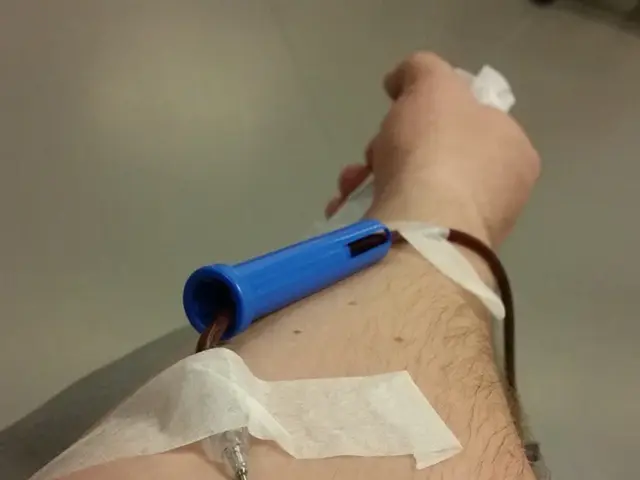Chemotherapy Coverage Under Medicare for Fluorouracil (5-FU) Treatment
5-FU (Fluorouracil) is a common anticancer treatment that circulates throughout the body to target and destroy cancer cells, particularly those affecting the gastrointestinal tract. Medicare generally covers 5-FU when it's necessary to treat cancer.
When is 5-FU Covered by Medicare?
Medicare provides coverage for chemotherapy treatments for cancer. Since doctors administer 5-FU intravenously, Medicare coverage applies for Part A or B. Part A covers it during a hospital stay, while Part B covers it when healthcare professionals administer it in a clinical setting or doctor's office.
Medicare Advantage (Part C) recipients should receive similar coverage for 5-FU. However, if someone needs topical 5-FU to treat precancerous lesions called actinic keratoses, coverage might be offered through Medicare Part D or a Part C plan with drug coverage to help prevent skin cancer progression. Coverage depends on the specific plan.
How Much Does 5-FU Cost with Original Medicare?
Without insurance, a generic solution of injectable 5-FU costs between $65 and $145 for four 10-milliliter bottles, while fluorouracil cream costs between $35 and $75 per tube. The out-of-pocket cost depends on the plan covering the drug. After meeting the Part B deductible of $257 (in 2025), Medicare will cover 80% of any treated service. Most people don't pay a premium for Part A, but they must meet a $1,676 deductible. Once satisfied, Part A will cover the full hospital stay for up to 60 days. Any additional days incur additional costs.
How Much Does 5-FU Cost with Medicare Parts C and D?
Under Medicare Part D, the cost depends on the drug tier classification within the plan's formulary. Additionally, because private companies administer Part D plans, each plan has distinct premiums and deductibles. In 2025, the national base beneficiary premium will be $36.78.
Private insurers manage Medicare Advantage (Part C) and offer varying costs, deductibles, and coinsurance. In 2025, the average monthly premium for a Part C plan is around $17.
5-FU Cost Differences between Medicare Part D and Medicare Advantage
- Medicare Part D: Costs rely heavily on the plan's cost-sharing tiers and the patient's coverage phase.
- Medicare Advantage: Costs can be influenced by the overall structure of the Advantage plan, including any additional benefits or limitations.
In general, both types of plans might cover 5-FU similarly, with costs and eligibility contingent on specific plan details and formulary listings. For accurate cost and eligibility information, consult the Evidence of Coverage document for each plan.
[Sources: 1. Medicare.gov, 2. Kaiser Foundation, 3. Partners HealthCare, 4. AARP, 5. CMS.gov]
Useful Resources
Explore these resources to help navigate the complex world of medical insurance:
- Medicare hub
- Does Medicare cover cancer treatment?
Despite 5-FU (Fluorouracil) being a common anticancer treatment, the cost can vary significantly depending on the Medicare plan.
Medicare Part A or B typically covers chemotherapy treatments, including 5-FU, with Part A covering it during a hospital stay and Part B in a clinical setting or doctor's office.
Some Medicare Advantage (Part C) recipients may also receive similar coverage, although coverage for topical 5-FU for actinic keratoses might be offered through Medicare Part D or a Part C plan with drug coverage.
However, the out-of-pocket cost for 5-FU depends on the specific Medicare plan, including the drug formulary, deductibles, and cost-sharing tiers. The cost under Medicare Part D and Medicare Advantage can differ due to varying plan structures and pricing.




